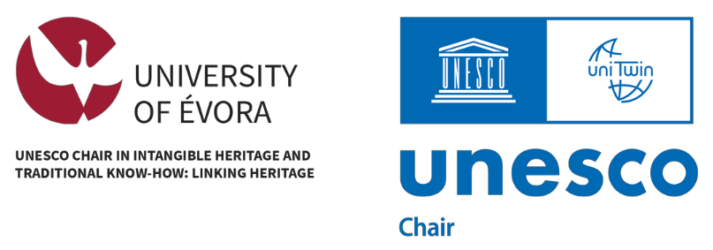Projects corresponding to UNESCO’s priorities
The Chair’s activities are in line with UNESCO’s priorities for the Culture sector (C5 / 2010-2011), namely the protection, safeguarding and managing of tangible and intangible heritage, for they highlight the role of heritage to help achieve concurrently sustainable development and social cohesion.
The Chair foster the protection and conservation of heritage in all its forms – tangible and intangible, cultural and natural, movable and immovable – and strengthen heritage conservation and capacity-building, particularly in Africa, Small Island Developing States (SIDS) and Least Developed Countries (LDC), which are UNESCO’s global priorities, but also in the Mediterranean region where new experiences and knowledge have recently been acquired.
In the context of this UNESCO Chair, which corresponds to a formal education system, communication activities will be launched and developed through appropriate partnerships in order to ensure that intangible heritage, namely its know-how and traditional craftsmanship, is understood, known and appreciated, so that it can be effectively applied to tangible cultural heritage, both movable and immovable.
The expected results correspond to UNESCO objectives, as the Chair will promote conservation for sustainable development through capacity-building and training activities. Communication and knowledge management tools will also be developed to raise awareness about the importance of safeguarding tangible and intangible cultural heritage. It is expected that the network of partners working in the area of cultural heritage is expanded in order to achieve an optimal level of cooperation and sharing of good practices among all partners involved.
Sustainable Development Goals (SDG)
The UNESCO Chair has a strong commitment to the Sustainable Development Goals (SDG) of the United Nations 2030 Agenda. Specifically, by contributing to the preservation of Intangible Cultural Heritage (ICH), education for respect for Heritage, and public policies on Heritage, the Chair aligns with the following SDGs:
4 – Quality Education;
5- Gender Equality;
10 – Reduced Inequalities;
11 – Sustainable cities and communities;
16 – Peace, justice and strong institutions.
The promotion of Intangible Cultural Heritage and its holders can also be a way to contribute to the improvement of the living conditions of vulnerable or poorer communities. Thus, the Chair also contributes to SDG 1 – No poverty.


